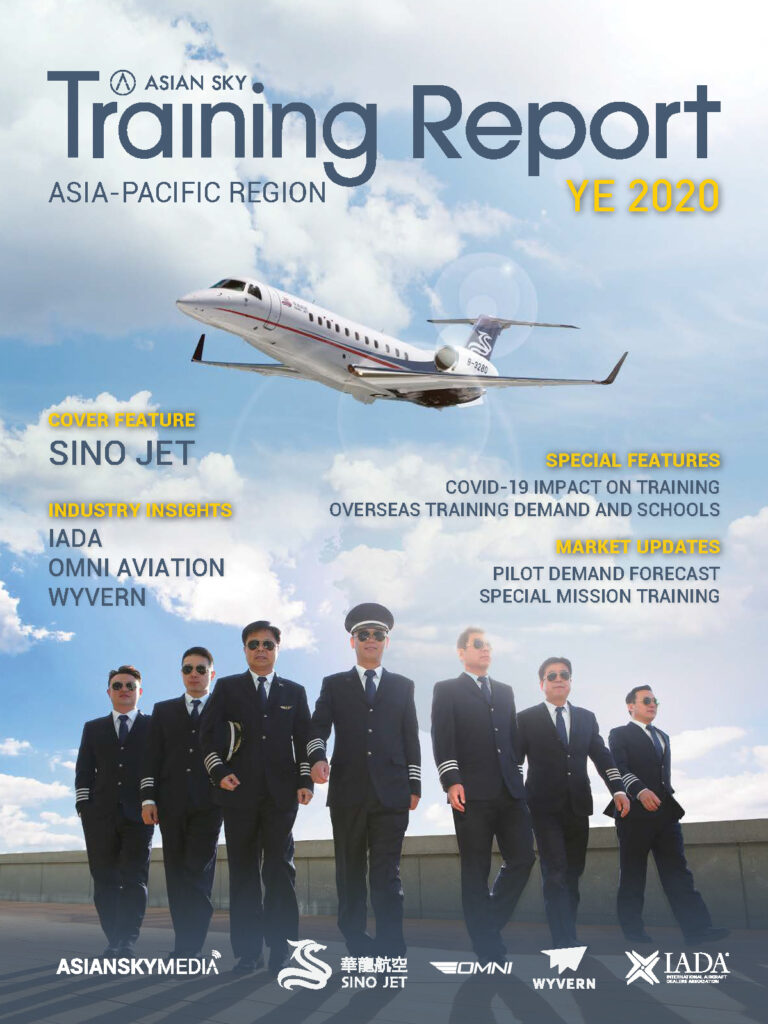WYVERN’s Safety Leader Training Course (SLTC) debuted in 2017 to fill a niche in the industry for training safety managers and directors in the essential skills needed to implement and lead a safety management system (SMS). At the time, most safety leaders were completing cursory training, which left them needing education and training to fulfill their responsibilities.
Over the past three-plus years, hundreds of aviation professionals around the world have completed the SLTC course, and their positive feedback is a testament to its value. The course is formally endorsed by AXA XL, a major aviation insurance underwriter, to improve its clients’ safety culture. The International Society of Safety Professionals (ISSP) also approved the course and determined that it meets all its training requirements to become recognized as a Certified International Safety Manager. The National Business Aviation Association (NBAA) also awards all SLTC graduates with four credits towards its Certified Aviation Manager credential.
What makes the SLTC so unique? One thing that makes the SLTC stand out above other training programs is the expert instructors. The instructor corps have executive experience in various leading aviation organizations, as well as operational leadership experience in private, commercial, and government organizations. Therefore, the instructor understands professionalism, profit, safety, and environment that operational personnel work to optimize these values. The expert instructor presents these values not as competing, but also as factors that drive critical decisions and behavior.
The four-day course provides attendees with both education(knowledge) and training (practice scenarios) to ensure they havethe competence to lead and manage their SMS and facilitate a safetyculture. On day one, the expert instructor delves into the Safety RiskManagement process mechanics – the essential component ofan SMS. It is this component that all other components support.However, audit findings have revealed that many safety managersdo not fully understand this process, especially root causeanalysis (RCA), mitigation consideration and development, andimplementation strategies.
At the beginning of each day, trainees discuss an accidentinvestigation, including the analysis and findings. Then, theinstructor asks the group, “What if this was your organization and theaccident did not happen, but was instead a close call? How wouldyou investigate the incident? Would you even know that it happenedwith your company culture, or would the event be swept under therug?” The instructor then leads trainees through a scenario wherethe flight crew reports the event. It is then up to the safety leaderto analyze the root-cause while identifying contributing factors thatshould be considered when applying mitigation strategies.
During these daily scenarios, the instructor leads the discussionabout organizational culture so that the trainee understands thevarious levels of culture, including; reactive, calculative, proactive,and generative. During this journey, the instructor facilitatesdiscussions about working with senior management to makethe business case for safety improvements. Trainees learn theimportance of, and the steps to, influence positive change so thatthe organization can thrive with an informed culture – i.e., a safetyculture.
During the engaging four-day session, the instructor challenges eachtrainee to learn the concepts of auditing and business managementsince no effective safety program can live in a vacuum outside ofbusiness, and the safety leader must manage the audit programneeds so that it provides value for the cost. Therefore, the instructorprovides each trainee with insight into making a business case forimprovements that require resources.
During the last day, the instructor ties together the previouslessons to discuss how to lead and manage change. Using varioustechniques, trainees understand that they must engage with theircolleagues to increase their awareness of situations, create a desireto change, and provide their team with the knowledge, skills, andsupport to make change happen. At the conclusion of the course,each trainee takes a test that covers the most important parts of thecourse, and if they pass, they are awarded a certificate and officialletter of completion for NBAA, ISSP, and AXA XL credit.
The course is a must for Directors of Safety, but also very valuable forany frontline or management positions as well. Many AccountableExecutives have attended the course – including leaders of globalairline companies. The WYVERN Safety Leader Training Courseprovides aviation professionals with practical and valuableeducation and training, focusing on human and organizationalfactors – the most relevant issues in aviation safety. WYVERNcleverly designed and delivers a robust and engaging course thatappears to be elevating professionals and shifting organizationalcultures around the world. Learn more about the Safety LeaderTraining Course.

